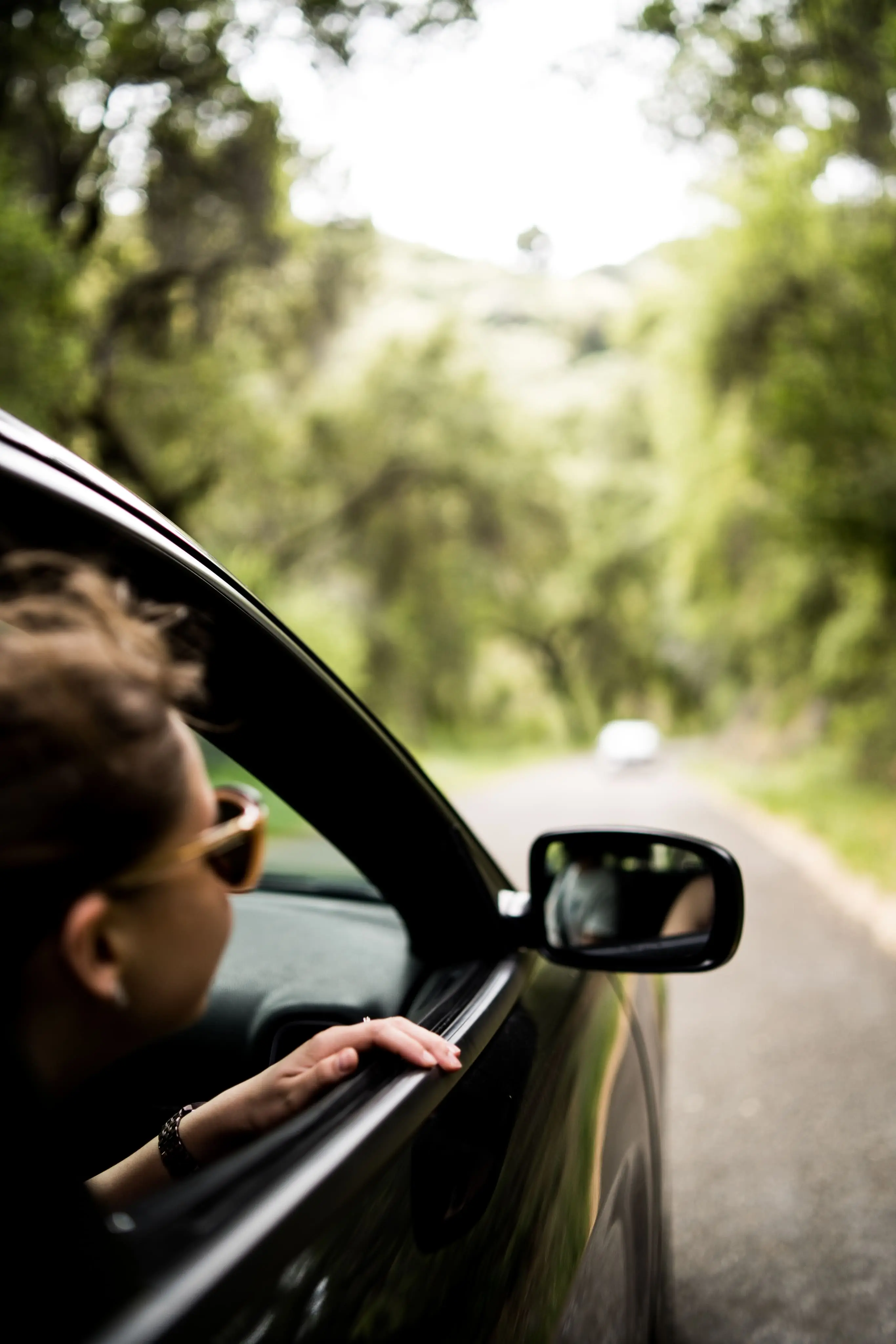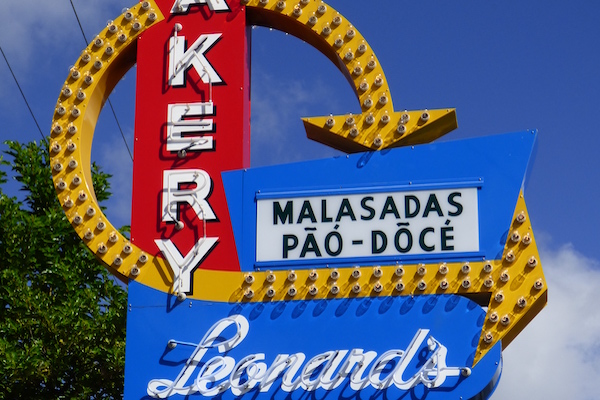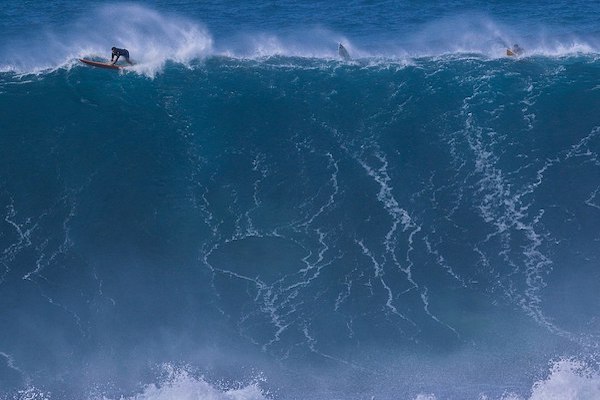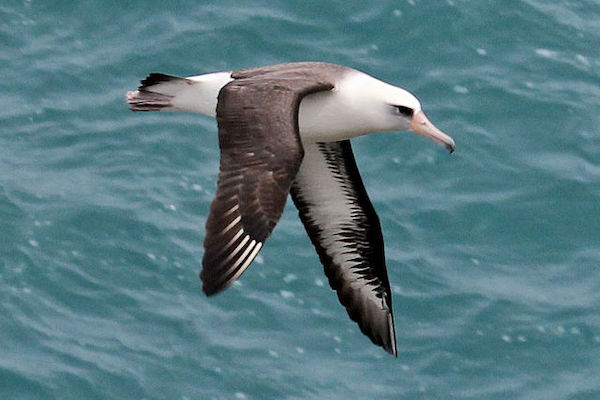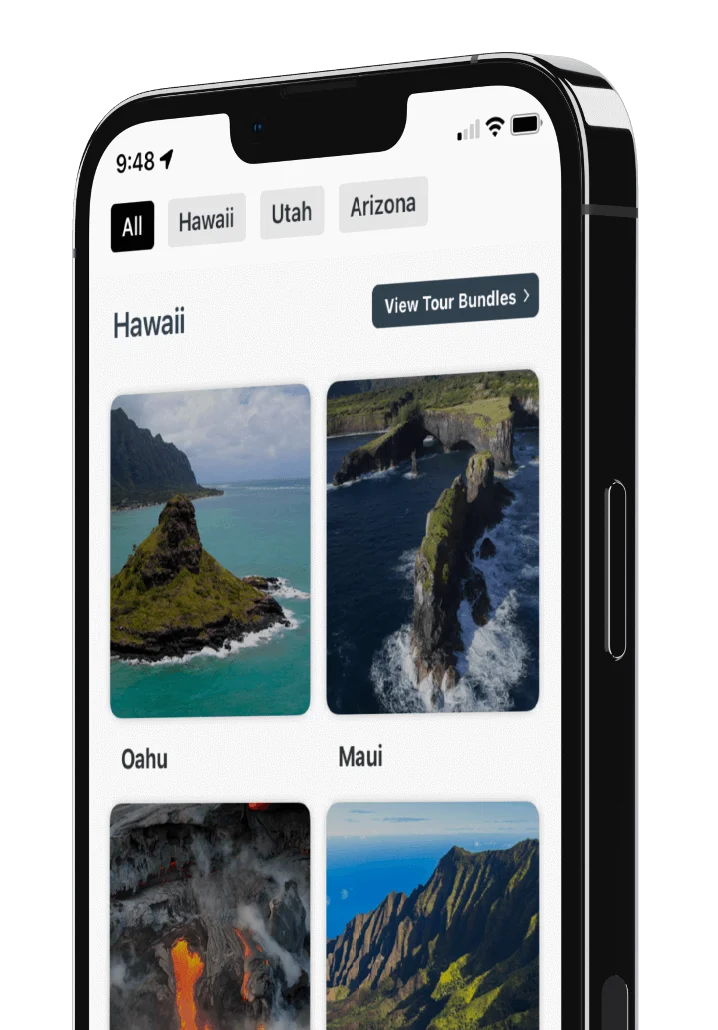
History in the Big City: The Cultural Sites of Honolulu
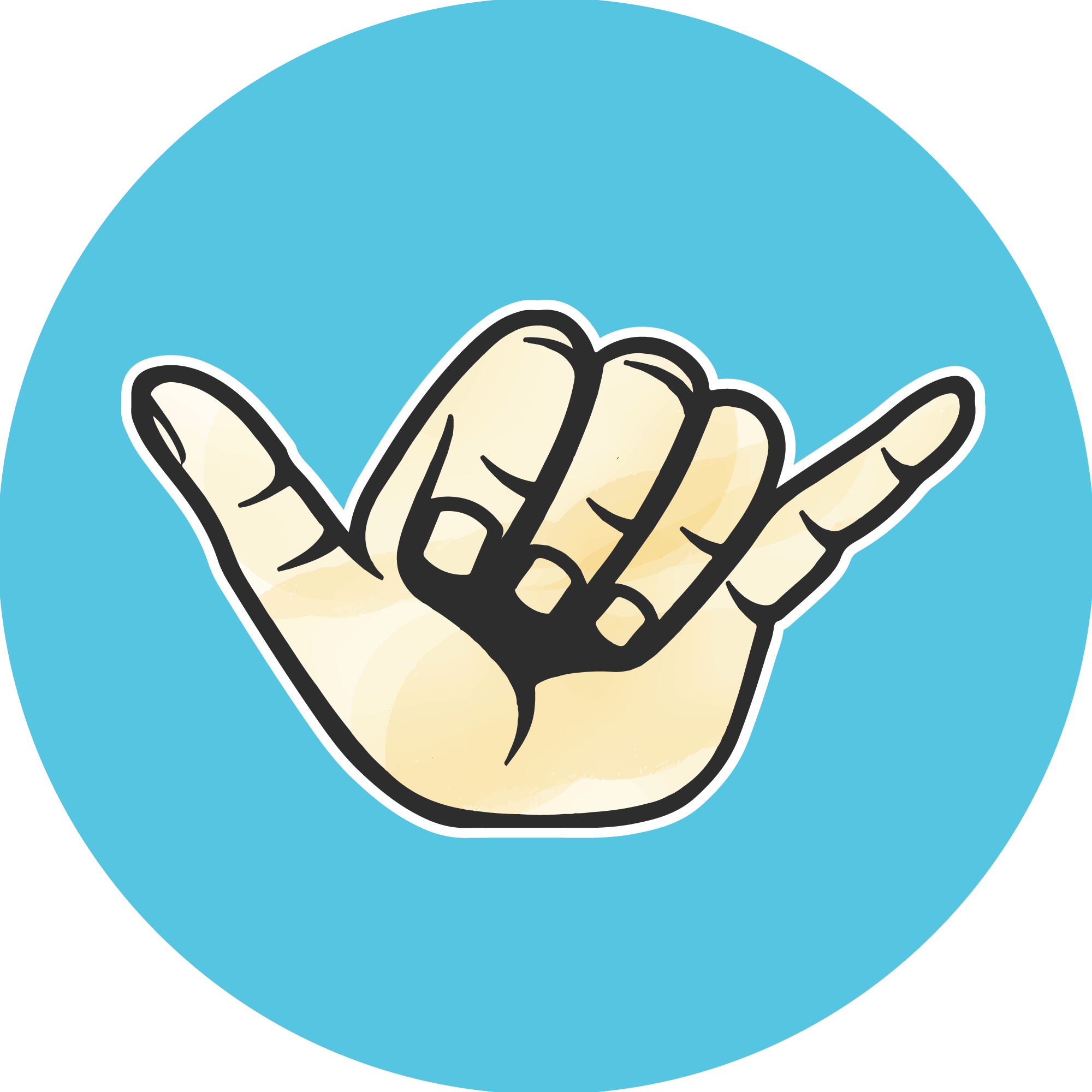
Listen to audio sample:
Honolulu is oozing with Hawaiian history - something you’ll realize as you read.
We’ll be learning about 3 main places: the Ali?iolani Hale, the Kawaiaha?o church, and the Iolani palace - with plenty of other interesting historic sites along the way:
Kamehameha I Statue
 Balazs Barnucz, CC BY-SA 3.0, via Wikimedia Commons
Balazs Barnucz, CC BY-SA 3.0, via Wikimedia Commons
We’re gonna start with the statue of king Kamehameha I. It’s found directly in front of the Ali?iolani Hale. This magnificent 18-foot statue of king Kamehameha the First was dedicated in 1883. The king himself was born in 1758, and raised in the Kona district on the Big Island. Even before he was born, ancient priests prophesied Kamehameha’s destiny as a high chief who would conquer and unite all of the Hawaiian islands - and he sure did not disappoint!
By the time Hawaii was discovered by the west in 1778, Kamehameha had already built a reputation for himself as a capable young warrior. Over the next 32 years, Kamehameha used a powerful combination of strategy, force, intermarriage, and western weapons like rifles and cannons to defeat his enemies. Lo and behold, in 1810, he finally succeeded in centralizing the government for Hawaii.
The idea of making a Kamehameha statue came in 1878, from king Kal?kaua, who wanted to commemorate the 100th anniversary of first contact with the outside world.
In 1880, the sculpture was cast in bronze in Paris, then placed on a ship intended for Hawaii. However, as fate would have it, disaster struck. The ship sank in shallow water near the southeastern tip of South America.
Thankfully, king Kal?kaua had the foresight to buy insurance, and a second sculpture was commissioned right away. And here’s where it gets really exciting... believe it or not, some Falkland island natives actually retrieved the first statue from the bottom of the ocean, and it was once again on its way to Hawaii before the second sculpture was even completed!
But now they had two identical statues. So the original statue was placed in Kapa?au, on Big Island, near the birthplace of Kamehameha. And the replacement statue? Well, it’s right in Honolulu, in the originally intended location: the Ali?i?lani Hale.
The cloak he is wearing in the statue, represents the real one he would have worn - a real one is made from thousands of red and yellow feathers that are then stitched onto the cloak. It symbolizes the power of his role as ali’i or king. It’s really a sight to see! In fact, at the Honolulu Museum of Art, you can actually see a cloak much like the one he’s wearing on the statue - that has survived from the times of king Kamehameha the First!
Ali’iolani Hale
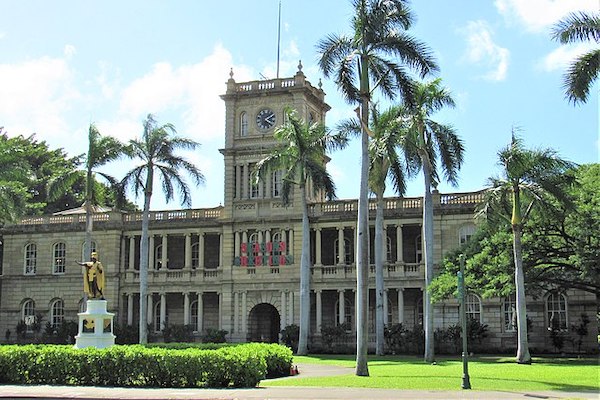 Farragutful, CC BY-SA 4.0, via Wikimedia Commons
Farragutful, CC BY-SA 4.0, via Wikimedia Commons
Directly behind the statue is the Ali?iolani Hale - which means “the house of heavenly kings.” Funny thing is, nobody has ever lived in it! Here’s a fun fact… fans of the Hawaii 5-0 TV show will recognize the building as their police headquarters. Of course, it‘s not actually the police headquarters - they just film there - but that’s still pretty cool! Now, that being said, there’s some real history to this building that’s even more interesting. Let us tell you some backstory about this historical landmark.
Kamehameha V originally envisioned this building as a royal palace. But by the time the original cornerstone was laid in 1872, he was convinced it should be the home for the Hawaiian government, and not a palace. So, beginning in 1874, the building housed government offices, the legislature, and the courts of the kingdom of Hawaii. But sadly, within a few years of completion, this building witnessed political strife that would ultimately result in the loss of the kingdom’s independence and the overthrow by American businessmen - but we’ll touch on that story at the end.
Now, the Ali’iolani may look like it’s made from stone, but if you look closer, it’s actually concrete! That makes Ali?iolani Hale one of the very first buildings in the world to be constructed with concrete, all the way back in 1874! The blocks were so well-made, that more than 100 years later when the building was inspected, not a single structural crack was found. It was definitely built to last!
Today, the Hale is home to the Hawaii state supreme court and other judiciary offices, and is open weekdays for a free, self-guided tour. Just inside the security checkpoint, there’s a restored 1930’s courtroom and a small museum focusing on traditional Hawaiian concepts of law and the development of a western judicial system.
Near the Hale, down Punchbowl Street, is our next stop, Kawaiaha'o church.
Kawaiaha'o Church
 Cliff, CC BY 2.0, via Wikimedia Commons
Cliff, CC BY 2.0, via Wikimedia Commons
To the right of it, is the territorial office building. It’s another building that appeared in the original TV series Hawaii 5-0 in the 70’s - as well as the 2010 remake. It’s actually used as the home of the Attorney General of Hawaii as well as other state offices. Not as interesting of a story, but pretty interesting architecture nonetheless.
We’ll be exploring King Lunalilo’s tomb, located on the grounds of the historic Kawaiaha'o church. We have a few stories to tell you about each that highlight the rise and fall of the Hawaiian monarchy that will help set the stage.
Let’s take a trip back in time... to imagine what life was like in Hawaii in 1842 - when the construction of Kawaiahao church was just completed. It’s hard to believe that the area it’s in now was mostly barren - more like a desert than anything else. It was surrounded by dirt lanes, and the main modes of transportation at the time were by foot or horse drawn carriages. Most of the buildings we see today, including the Ali’iolani Hale and Iolani palace, hadn’t even been built yet! In fact, the Kawaiaha'o church was the largest building around in those days, meaning there was nothing but a coconut tree or two obstructing your view of Diamond Head.
Oh, how times have changed.
The large clock on the front of the church is named the Kauikeaouli clock. It was built in Boston, Massachusetts, and arrived in Hawaii in 1850. This impressive timepiece was donated by king Kamehameha III, who personally oversaw its installation onto the church tower. And, thanks to four devoted generations of clock keepers, the clock remains in great condition. Believe it or not, it’s been running for over 160 years using all its original machinery, and it still tolls the hours to this day. Can you imagine what it was like back in 1842 to hear the sound of these clock bells with no traffic and no city noise to compete with the sound? It must have echoed for miles.
Upon entering the church grounds, there is a small building to the right surrounded by a wrought iron fence. This is king Lunalilo’s tomb. King Lunalilo was the sixth monarch of Hawaii, and was affectionately nicknamed “the People’s King.”
As you know, with a monarchy, the role of king is passed down from father to son. This was the same for the Kamehameha line for 4 generations. However, when Kamehameha V died, he left no direct heir, leaving the responsibility of choosing a new monarch to the Hawaii legislature - who hand selected Lunalilo. Now, this is where his story becomes particularly endearing… rather than just accepting the role of a monarch, Lunalilo instead called for an election and ran for king against David Kal?kaua. It was a risky move, but Lunalilo ultimately dominated the popular vote and became the first elected monarch in Hawaii. That’s how he earned the nickname “the People’s King.”
Sadly, he reigned for just a little over a year before passing away in 1872, at the young age of 39 from tuberculosis. Staying true to his roots as the people’s king, he wanted to be buried on the grounds of Kawaiaha?o church near his people - instead of with other royalty. To this day, king Lunalilo rests right near the church, in a mausoleum.
The history of the church - actually the first christian church built on Oahu - has a rich history.
We have two stories for you, all about the history of the Kawaiahao church.
The first group of protestant missionaries arrived on Oahu in 1820. Expressing their aloha, Hawaiian royalty warmly welcomed the missionaries. King Kamehameha sent out orders for local laborers to help build thatched houses, on the very grounds the church sits on today, to help welcome the newcomers. Eventually, a church was also built among the houses where the missionaries, the Hawaiian commoners, and even the Hawaiian royalty would attend church services.
The church standing there today isn’t the first church to be built there - it’s actually the fifth. The first was a wood structure with a traditional grass-thatched roof built in 1821, then lost to a fire just 6 years later in 1827.
Over the next few years, three more replacement churches needed to be built, as the native materials these huts were constructed of didn’t last very long. Finally, in 1837, construction began on a more permanent structure, which, as you can see, still stands today!
Speaking of which…this church is made of a very interesting material! It’s actually made from 14,000 slabs of coral rock! Each slab was quarried off Oahu’s southern coast and each weighs as much as 1000 pounds! Native divers harvested them from the ocean floor. Yeah, that’s right... they’d hold their breath and dive up to 20 feet underwater to chisel the coral rocks from the ocean! People definitely don’t do that anymore. And the divers didn’t stop there! Once the coral was harvested, they’d load ‘em onto wooden canoes, ferry them to shore, and drag them all the way to the church grounds. It took 2 years of quarrying coral rock before they were ready to lay the cornerstone in 1839. Talk about back-breaking work, eh?
All in all, the church took five years of hard work, and cost around $30,000 to build - that was a lot of money back in those days! But it was worth it. When the church was finally completed, an estimated 5000 people gathered to attend the celebration luau.
In fact, on the left of the church’s front door, there is a plaque commemorating the 150th anniversary of the laying of the cornerstone. The plaque explains that Hiram Bingham was a very influential missionary - who led the effort to build the church. Sadly, though, he didn’t get to stay to see it completed. After more than 20 years of preaching in Hawaii, he had to return to New England due to poor health.
The church still opens every week for Sunday services, which are conducted in both English and Hawaiian.
On the side of the church, there is a very important fountain - it represents a significant part of this church’s history, and is the second story we’ve prepared for you.
As we mentioned just a moment ago, before the missionaries arrived, this area was a dry, somewhat grassy landscape. That is except for a spring that magically bubbled up from the ground near where the fountain is located today. At the time, only the high chiefs and chiefesses were allowed to bathe in and enjoy it’s refreshing waters. The church’s name, Kawaiaha’o, actually means “the water of Ha?o.” You see, Ha?o was an ancient chiefess of Oahu. As the legend goes, she’d take purification baths right here in the spring. The fountain we’re enjoying now was put here on the northern side of the church to pay homage to the chiefess Ha?o.
There’s also the mission house museums behind the church. They’re dedicated to preserving missionary history, and what life was like for the early missionaries.
The Honolulu Hale

The Honolulu Hale is the official seat of government for the city and county of Honolulu, which covers the whole island of Oahu. This is where the mayor’s office is, and where the Honolulu city council holds its public meetings. Just about anything having to do with the county government is handled here - from complaining about potholes to getting camping permits - and everything in between.
In the Hawaiian language, Honolulu Hale means “Honolulu house.” Before Honolulu had a mayor and city council, it was run by a board of supervisors, with each supervisor representing a different part of Honolulu. It wasn’t until 1907, 14 years after the overthrow of the Hawaiian monarchy, that Honolulu got its first mayor. But we’ll talk more about that later. For now, let’s check out the Honolulu Hale!
Just inside, hangs the USS Honolulu bell. It’s got quite a story.
The Honolulu Bell
In 1937, the U.S. Navy honored Honolulu by naming a naval ship the USS Honolulu, which became part of the San Diego fleet. It was a big deal for the people of Hawaii to have the U.S. recognize their territorial capitol, and there was a big party in the ship’s honor. The governor’s daughter smashed a bottle of “American champagne” across the bow and the city of Honolulu gave the ship a sterling-silver punch bowl set. The ship’s captain even danced a little hula! In return, the Navy gave the city some flags, bronze plaques, and a wooden model of the ship with rhinestones as the searchlights.
The USS Honolulu was in Pearl Harbor on December 7th, 1941, the day the Japanese made a surprise attack on the Naval base. The ship survived and went on to fight in most of the pacific battles of World War II. In 1947, she was taken out of service and put into a reserve fleet. The Navy donated the ship’s bell to Honolulu, but when it arrived, no one really knew what to do with it or how they could display it. They put it outside for a while, but soon afterwards it got packed away in a storeroom. Eventually, a local craftsman donated the base and display frame the bell rests on today. Nice guy!
In the inner common area of the Hale, where there is a beautiful open ceiling. Let’s learn a little more about the building’s design.
Design
The Hale was completed in 1928, with the help of all the major architects in town. Although, to be fair, there were very few at the time. Its interior courtyard, staircase, and open ceiling were modeled after the Bargello in Florence, Italy. Have you begun to notice what an impact European architecture has had on the historic buildings in Honolulu?
Nowadays, the common areas in the building are used to showcase the talents of visual artists from the diverse island community. Local organizations are encouraged to display a wide range of artwork on a monthly basis.
The Honolulu Library
 Cliff from Arlington, Virginia, USA, CC BY 2.0, via Wikimedia Commons
Cliff from Arlington, Virginia, USA, CC BY 2.0, via Wikimedia Commons
Near the Iolani palace, sits a white building: the state library building. It was built in 1911. You see, before the missionaries arrived, native Hawaiians didn’t have a written language. For a thousand years, they passed knowledge from one generation to the next using Hula and spoken word. But, when the missionaries first arrived in 1820, they quickly worked to put the Hawaiians oral language down on paper. As a result, children and adults soon learned to read and write in Hawaiian at an astonishing rate!
In 1879, the Honolulu library and reading room association was started with monetary help, and private book collections from the Hawaiian monarchy. King Kal?kaua gave a land grant for a permanent site in downtown Honolulu and, thirty years later, the association donated its 20,000 books towards the formation of the library of Hawaii. Even the famous Andrew Carnegie donated $100,000 to build the library. And the territorial legislature agreed to kick in $10,000 annually to help operate it. The state library officially opened on February 1st, 1913. Statewide, Hawaii now has 3 million books in over 51 libraries.
The Iolani Palace
 Leo Carmona, CC BY-SA 4.0, via Wikimedia Commons
Leo Carmona, CC BY-SA 4.0, via Wikimedia Commons
Just to the left of the library sits Iolani palace. There’s a royal crest affixed to the gate between the two. This is a reminder that, walking through it, you’re no longer on state land. This land was ceded, or given, by the Hawaiian monarchy for the Iolani palace. The state of Hawaii holds the land in trust, and leases it to a private group called the Friends of Iolani Palace, who care for the grounds and conduct tours inside.
On the grounds of the palace, sits a fenced-in area known as the sacred mound. Native Hawaiians consider this place to be sacred because of who was buried there. You see, king Kamehameha II and his beloved wife queen Kamamalu were on a voyage to visit England, when they both tragically died of measles within days of each other. Hawaii was just so isolated from the world, that many Hawaiians had little to no resistance to foreign diseases. The royals’ bodies were returned home to Hawaii on a long ocean voyage. A royal tomb made from coral was built here on the Iolani palace grounds for the bodies of king Kamehameha II and his wife queen Kamamalu. This tomb became the royal mausoleum of Hawaii and, between 1825 and 1865, it became the final resting place for monarchy and important chiefs of the kingdom.
However, in 1865, a new mausoleum was built many miles away in the Nuuanu valley. Eighteen coffins were transferred there while the tomb was sealed. The site is still marked by a fenced in mound to respect any ancient chiefs who may still be buried here.
The mausoleum was built under a huge monkeypod tree, with huge, far-reaching branches. Monkeypod trees are enjoyed among locals in Hawaii, but they are not native to the islands. They were brought over in 1847 by Peter Brinsmade, who was serving as consul for the kingdom of Hawaii in Mexico. When he returned to Hawaii, he brought back two seeds—one was planted in Honolulu on Bishop street, and the other on Kauai. Although the tree over the mausoleum isn’t one of the original two, it’s presumed the monkeypod tree population found throughout all the Hawaii islands are offspring of the two seeds Brinsmade brought over.
On the gates outside of the Iolani Palace, there’s another view of the Hawaiian coat of arms. It’s got English influence, with a cross on top of the crown - and the red, white, and blue stripes. The text below the coat of arms says in Hawaiian: "ua mau ke ea o ka 'âina i ka pono". Meaning: the life of the land is perpetuated in righteousness.
The Iolani palace is one of the grandest, most majestic sites in Hawaii. In fact, it’s the only royal palace in the entire country!
Before there was an Iolani palace, there was Hale Ali?i, the House of the Chiefs, right in the same spot as the palace. It was a one-story wooden building, but still the fanciest building in mid-19th century Honolulu. The king’s throne was there, but the king and other chiefs and their families still lived in thatched huts that surrounded the wooden building.
Shortly after the death of king Lunalilo, David Kal?kaua was elected by popular vote to be king. Kal?kaua had been educated by the missionaries, and was suddenly thrust into power at the age of 38. But he was no match for the power hungry American and European businessmen - who continued to tighten their hold on the young island nation.
Now, to put this in context, it was less than 100 years since captain Cook’s ships had first discovered Hawaii. Since then, the Hawaiian people had seen enormous changes - some good, but many caused them to suffer greatly. For example, their traditional culture had been challenged by the missionaries, eventually changing their language and religion. So many native Hawaiians had died from diseases ranging from measles, to even the common cold. This got so bad that when Kal?kaua became king, there were more foreigners living in the islands than natives. It’s still that way today.
Despite these hardships, Kal?kaua was known as the merrie monarch, for his love of traditional music, dance and partying. He was the first head of state anywhere in the world to travel around the globe. Making his way across the pacific in 1881, he visited Japan, China, Thailand, Burma, India, Egypt and almost every European country. He visited the US’s new president, Chester A. Arthur, and the genius inventor, Thomas Edison. While traveling, he was impressed with the royal trappings of foreign leaders and dignitaries.
So, after returning home, it was no wonder why Kal?kaua commissioned the construction of the Iolani palace, the beautiful victorian building still standing today. The cost was a whopping $360,000, an extravagant amount for the small island kingdom. The palace was incredibly advanced for its day, with a flush toilet and electricity. Believe it or not, it had electricity before the White House! With most native Hawaiians still living in thatched huts, the Iolani palace stood in stark contrast. This did not sit well with some people, leading to some discontent about the monarchy that would build over time. The palace marked the beginning of the end for the Hawaiian monarchy.
Keli’iponi Hale
 Cliff, CC BY 2.0, via Wikimedia Commons
Cliff, CC BY 2.0, via Wikimedia Commons
Near the palace, sits Keli’iponi Hale - commonly known as the coronation stand or coronation pavilion. While on a world tour, king Kalakaua fell in love with everything European, including the “pomp and circumstance” from coronation ceremonies.
Now, normally a coronation ceremony happens when a new monarch initially ascends to the throne, but after returning from his travels, Kalakaua had already been reigning for eight years. Nonetheless, he wanted a coronation ceremony for himself.
And what a king wants, a king gets! A coronation ceremony was held for king Kalakaua and queen Kapiolani on February 12, 1883. The glorious event began with a parade and performance by the royal Hawaiian band, followed by a formal ceremony at the very stand sitting there today. At the stand, he was presented with symbols of power such as a western sword, ring, and scepter as well as traditional Hawaiian symbols such as the feathered cloak of king Kamahameha I, the Kahili of Pili, the kapu stick, and a whale-tooth pendant. As there were no higher-ranked chiefs than the king himself, he placed a royal crown on his own head, then on the head of his queen. The festivities that followed were the unveiling of the king kamehameha statue, a grand display of fireworks, hula performances, a formal state dinner, and a luau that was open to the public.
They don’t call him the merrie monarch for nothing! That must have been an impressive celebration. A spectacular show of king Kalakaua’s well-known love for celebrations and parties. However, it wasn’t received well by many in Hawaii or abroad. He was criticized for being vain, extravagant, and a bit selfish. This, in part, was where the discontent that was mixed with the commercial interests of powerful American businessmen began.
Iolani Barracks (Hale Koa)
 Daniel Ramirez from Honolulu, USA, CC BY 2.0, via Wikimedia Commons
Daniel Ramirez from Honolulu, USA, CC BY 2.0, via Wikimedia Commons
Another thing near the palace: Hale Koa, more commonly known as the ?Iolani barracks.’ It was designed by architect Theodore Heuck, and built in 1870 under the direction of king Kamehameha IV. Sitting directly adjacent to the palace, it housed about 80 members of the monarch's royal guard, until they were disbanded after the overthrow of the monarchy in 1893.
Built on a budget of roughly $10,000, the English castle-style building with its distinctive battlement on top, is a unique landmark in the Hawaiian islands. Its 18-inch thick walls were constructed from 4,000 coral reef blocks, harvested and cut from the same source as those used to construct Kawaiaha’o church. Cool, huh?
The barracks originally stood behind the palace, where the state capitol building currently stands. Due to the construction of the state capitol, the Iolani barracks had to be disassembled and moved, block by block, to its current location in 1965. Can you imagine moving an entire building, one block at a time?
The barracks is now a featured landmark of the Iolani palace museum. The barracks also house the palace shop, ticket office, and video theater.
The Bayonet Constitution & US Annexation
 The US Annexation of Hawaii
The US Annexation of Hawaii
As you can begin to see from the other stories mentioned, discontent continued to grow among the mostly American businessmen aided by missionaries, who wanted to end the monarchy. Pressure built until Kal?kaua was forced by gunpoint to sign a document stripping him of his powers and withholding voting rights from most native hawaiians. This became known as the Bayonet Constitution, because it was signed at gunpoint. These foreigners wanted control of the Hawaiian government, and they took it by force. Within a few years, Kal?kaua died, and his sister, queen Liliuokalani ascended to the throne. She was beloved by the native people, and made it clear that she didn’t want foreign interference in Hawaii’s government.
She was quick to try and throw out this trumped up constitution. But it was too late. In 1893, 1,500 non-Hawaiian armed men stormed the Iolani palace and forced the queen at gunpoint to cede her power, once again.
What could she do? An American navy vessel anchored offshore and armed American sailors marched through the streets of Honolulu. By compulsion, and in order to avoid the loss of life, the queen reluctantly relented her power, and ordered her supporters not to retaliate. Her hope was that, in time, reasonable US officials would help overturn this illegal act of its citizens and restore the Hawaiian monarchy. However, help never came.
Almost two years later, the queen’s supporters made an attempt to take the kingdom back by force. But the plan was discovered, and queen Liliuokalani was placed under house arrest. She was forced to relinquish all future claims to the throne. Ironically, she was tried before a military tribunal in her own throne room, in the second story of the barracks. Liliuokalani was convicted, fined and sentenced to five years in prison at hard labor, which was later reduced to house arrest in an upstairs bedroom of the palace for nearly eight months.
It was there, in quiet solitude, that she penned well-known songs that are still sung today, many of them laced with the heartache she felt for Hawaii.
Some three years later, US president William Mckinley signed a resolution annexing Hawaii to the US, officially terminating the Hawaiian kingdom.
Fast forwarding to 1993 at the 100th anniversary of the overthrow, president Clinton signed a public apology to the native Hawaiian people, calling the overthrow illegal, but ordering no reparations or consequences for the taking of the Hawaiian nation. This is why, to this day, many native Hawaiians argue that the Hawaiian kingdom still lives on.
From king Kamehameha to queen Liliuokalani, the Hawaiian monarchy lasted just shy of 100 years. After the overthrow, a provisional government was established which set up the Republic of Hawaii. This new oligarchy was led by president Sanford Dole, who was the first and only “president” of Hawaii. You may recognize the name Dole from the famous Dole Food Company, which still has a pineapple plantation on Oahu.
Dole’s presidency lasted four years. Then, in 1898, Hawaii was annexed into the United States as a US territory. Eventually, in 1959, all Hawaiian citizens would vote to become the 50th state in the United States of America.
Over the span of 164 years, the people of Hawaii went from a monarchy to a US state. Imagine what it must have been like, to go through so much social and political change. Let alone the technological, cultural, and religious movements happening all throughout these times.
Have you noticed all the Western influences that ushered in these changes, and the government and business interests behind them? Many of the buildings, the palaces, the churches, and the statues in Hawaii were heavily influenced by western styles, and even values.
The Hawaiian people have been through a lot, to say the least. But today, despite the overthrow, upheavals, as well as the political and religious changes, the Hawaiian culture still lives on and continues to grow even outside the walls of historic buildings, refusing to be defined by their past, but rather their bright and beautiful future.
Like this article? Share it on Pinterest!

Want to visit historic Honolulu?
We visit all these sights on our Historic Downtown Honolulu Tour!



